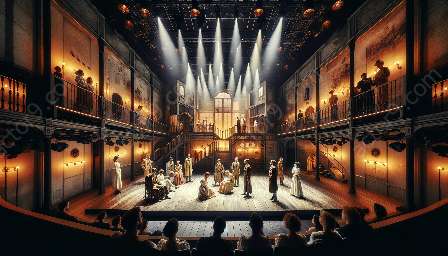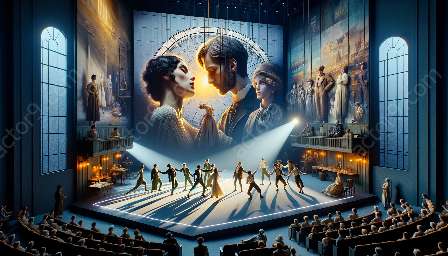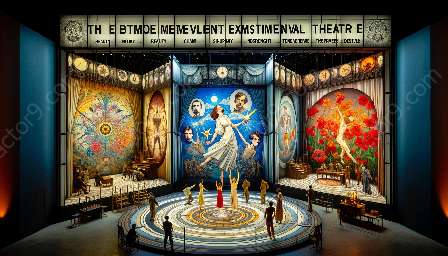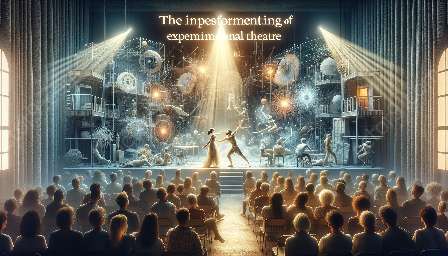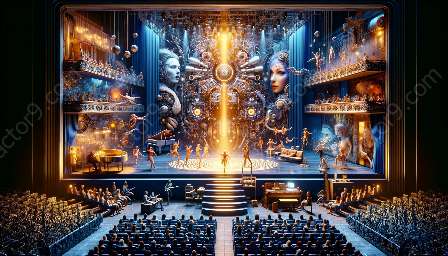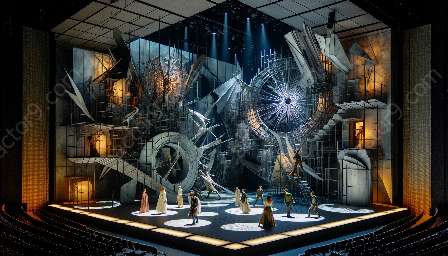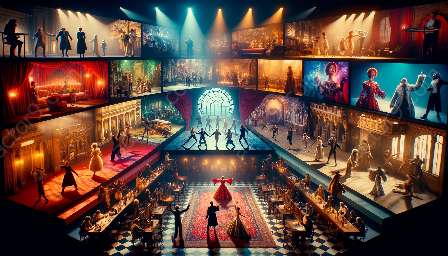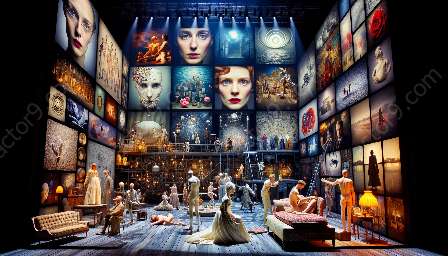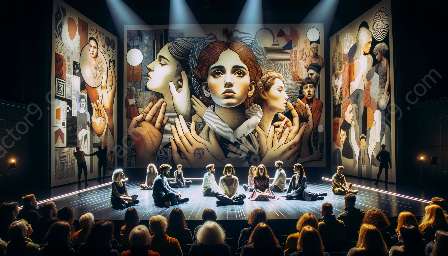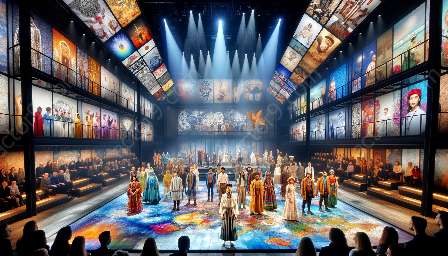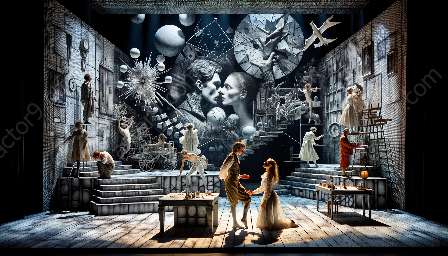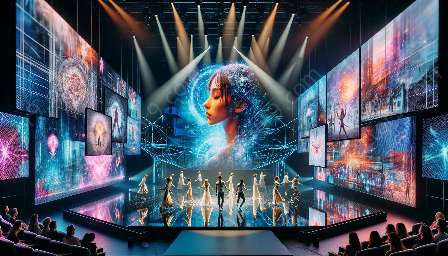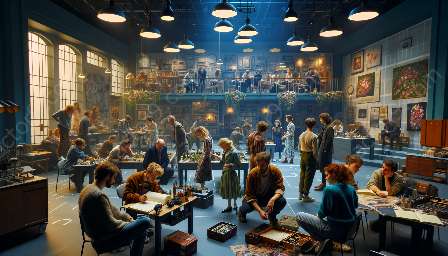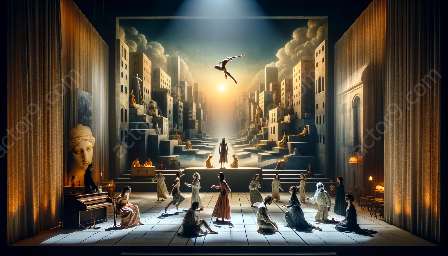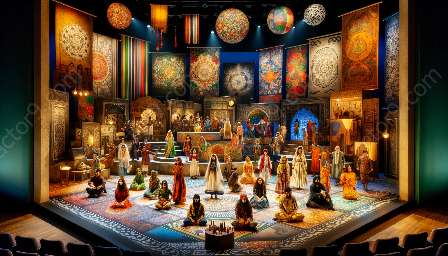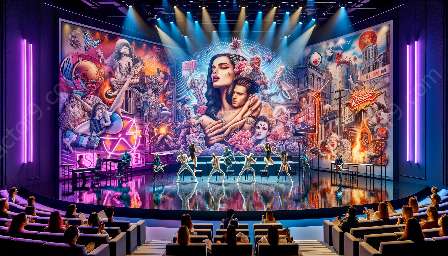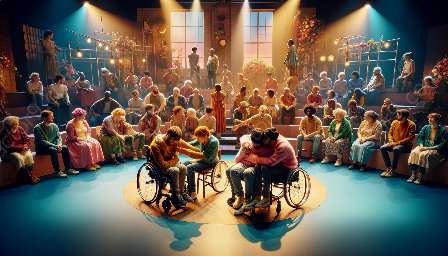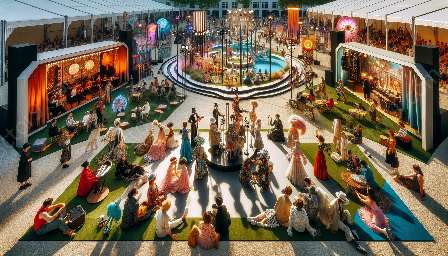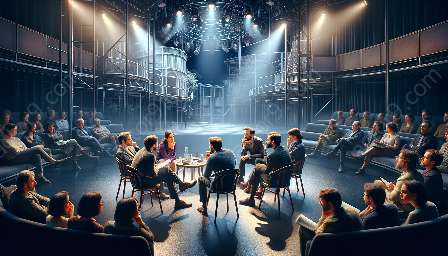Experimental theatre is a dynamic and avant-garde form of performance art that challenges traditional theatrical conventions and pushes the boundaries of creativity. This article explores the key characteristics of experimental theatre and its profound impact on modern theatre.
Key Characteristics of Experimental Theatre
Non-Linear Narrative Structure
One of the defining features of experimental theatre is its non-linear narrative structure. Instead of following a conventional plot progression, experimental performances often incorporate fragmented storytelling, dream-like sequences, and abstract symbolism to convey meaning and enhance audience engagement.
Use of Multimedia and Technology
Experimental theatre embraces the integration of multimedia and technology to create immersive and multi-sensory experiences for the audience. This may include the use of projections, interactive digital elements, virtual reality, and other innovative technologies to break away from traditional stage setups and engage viewers in unexpected ways.
Physical and Visual Expression
Physical and visual expression are central to the essence of experimental theatre. Performers use their bodies, gestures, and facial expressions as powerful tools for storytelling, often blurring the lines between conventional dialogue and non-verbal communication. Additionally, experimental theatre may explore unconventional use of space, props, and visual elements to evoke emotions and provoke intellectual contemplation.
Audience Participation and Immersion
Another characteristic of experimental theatre is its emphasis on audience participation and immersion. Rather than passively observing the performance, spectators may be invited to interact with the performers, explore the physical environment, or contribute to the unfolding narrative, thereby blurring the boundaries between the stage and the audience, making each performance a unique and dynamic experience.
Challenges Traditional Theatrical Conventions
Experimental theatre boldly challenges conventional theatrical norms and conventions. It questions established notions of linear storytelling, character development, and dramatic structure, striving to redefine the very essence of live performance and theatrical expression. By doing so, it encourages audiences and artists to question preconceived ideas about theatre and art, fostering a spirit of innovation and artistic exploration.
Impact of Experimental Theatre on Modern Theatre
Experimental theatre has significantly influenced the evolution of modern theatre in numerous ways, reshaping artistic sensibilities, promoting diversity, and inspiring new modes of theatrical expression.
Expanding Theatrical Boundaries
By challenging traditional theatrical conventions, experimental theatre has expanded the boundaries of what is considered acceptable or effective in modern theatre. This has paved the way for the exploration of unconventional themes, non-traditional storytelling techniques, and bold experimentation with form, leading to a more diverse and inclusive landscape of theatrical expression.
Promoting Diversity and Inclusivity
Experimental theatre has played a crucial role in promoting diversity and inclusivity within modern theatre. By embracing unconventional narratives, experimental forms of expression, and non-traditional casting choices, it has contributed to a more equitable representation of diverse voices and experiences on stage, thereby enriching the theatrical landscape and inviting broader audience engagement.
Inspiring Innovation and Creativity
The influence of experimental theatre has inspired a spirit of innovation and creativity within modern theatre, encouraging artists to continually push the boundaries of traditional performance forms, explore new modes of expression, and engage with audiences in unconventional ways. This ongoing pursuit of innovation has led to the emergence of groundbreaking theatrical works that challenge perceptions and provoke thought, enriching the artistic tapestry of modern theatre.
Reimagining the Relationship Between Performer and Audience
Experimental theatre has reimagined the relationship between performer and audience, dismantling traditional hierarchies and creating opportunities for deeper engagement and interaction. By breaking down the barriers between the stage and the audience, experimental theatre has encouraged a more immersive and participatory approach to theatre, fostering a sense of shared experience and co-creation between performers and spectators.
Conclusion
Experimental theatre stands as a vibrant and groundbreaking form of artistic expression that continues to challenge and inspire modern theatre. Its key characteristics, including non-linear narrative structures, use of multimedia and technology, physical and visual expression, audience participation, and the questioning of traditional theatrical conventions, have left an indelible mark on the theatrical landscape. By pushing boundaries, embracing diversity, and fostering innovation, experimental theatre has undoubtedly shaped the evolution of modern theatre and will continue to influence its trajectory in the future.

